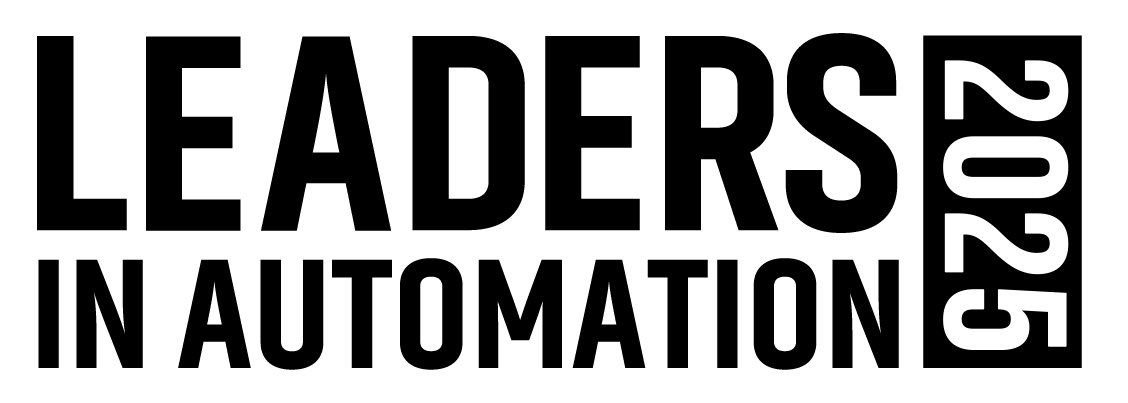How IO-Link Can Help Save Money
IO-Link offers significant advantages to automation engineers, particularly in diagnostics and maintenance efficiency, Control Design wrote in a recent article.
According to Raj Rajendra, product consultant at Siemens, IO-Link simplifies equipment replacement, improves diagnostics, and reduces maintenance costs by transmitting diagnostic information over the same line as process data, eliminating the need for extra cabling.
This real-time access to sensor-level data enhances machine uptime and reduces downtime by quickly identifying issues. The point-to-point architecture, which connects one device to each port of the IO-Link master, ensures that data from individual devices can be easily accessed and managed, further enhancing flexibility in diagnostics and maintenance.
In terms of integration, IO-Link is compatible with various fieldbus protocols, and Siemens offers IO-Link masters that support Profinet, Ethernet/IP, and Modbus TCP, making it adaptable across different automation platforms.
Cost-wise, IO-Link provides substantial savings compared to traditional wiring methods, as its simple three-wire cable eliminates the need for complex wiring while allowing real-time data exchange. Rajendra explains further in the full interview in Control Design’s article, available to read in full here.

